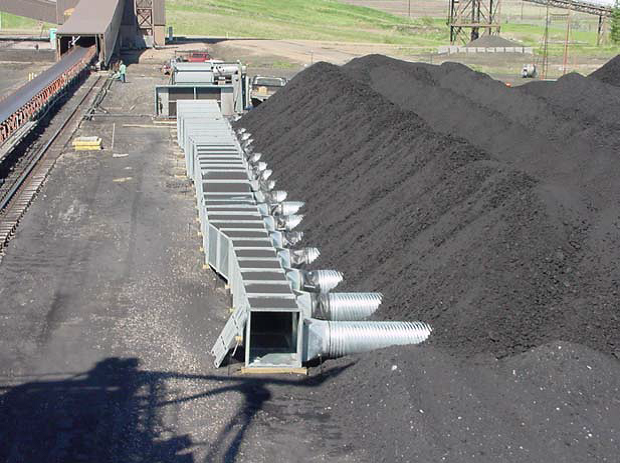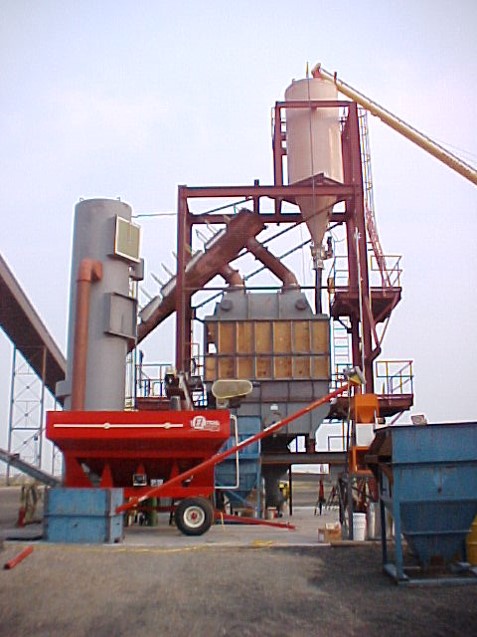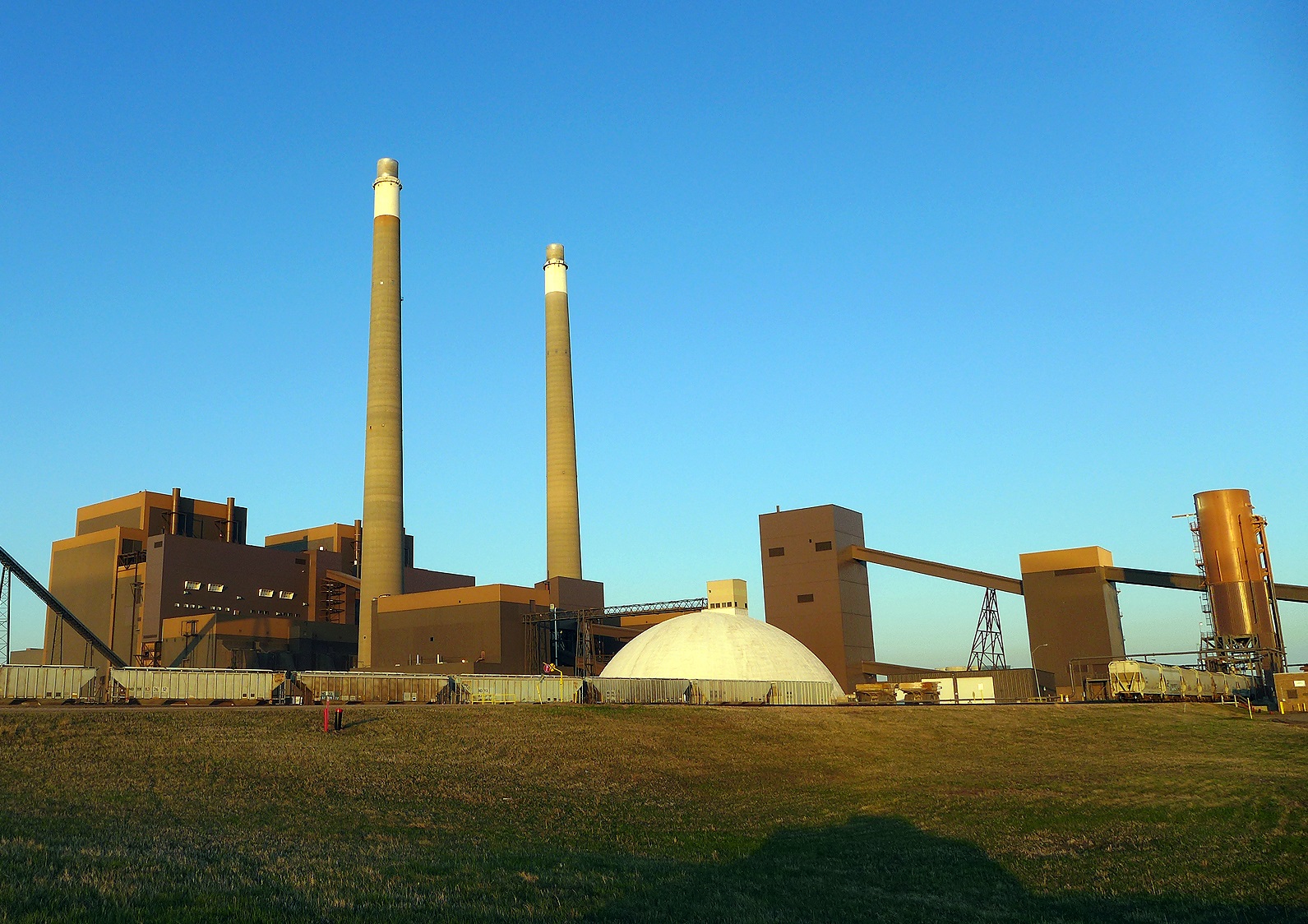How EPRI Helped Great River Energy to Reduce Emissions and Expenses at Its Coal Creek Station
In 1997, David Saggau received an odd request from engineers at Great River Energy’s Coal Creek Station in North Dakota. They were seeking his approval to try a novel approach to reduce the 1,150-megawatt plant’s emissions. To comply with tighter federal emissions regulations, Great River Energy faced a potential tab of $300 million to outfit the plant with additional air pollution control devices known as scrubbers. The engineers hypothesized that drying the lignite that powers the plant would reduce the volume of flue gas going through the existing scrubbers—decreasing plant emissions more cost-effectively than installing new scrubbers.
“For their initial drying experiments, they wanted to pile lignite on top of a culvert that had been recently pulled out of the ground,” recalled Saggau, now Great River Energy’s CEO. “Then they wanted to put propane heaters in the culvert and moisture sensors in the lignite pile.”
Saggau approved their innovative approach, and the experiments moved forward. Their hypothesis was right, though it took years of research for Great River Energy to develop and install its patented DryFining™* technology at Coal Creek in 2009. With DryFining, lignite coal is dried by power plant waste heat and moved by enclosed conveyor belts. It’s a fluidized bed drying process: the solid lignite particles are percolated through a dryer using heated air to vaporize some of the fuel moisture. This produces a higher quality fuel with increased energy density and fewer contaminants.
The benefits have exceeded expectations. It turns out that DryFining not only reduces moisture, but also removes heavier particles such as pyrites that contain higher concentrations of mercury and sulfur. The result: up to a 40% reduction in Coal Creek’s mercury and sulfur dioxide emissions and a 20% drop in nitrogen oxide emissions. Because reducing lignite’s moisture content increases the plant’s efficiency, Coal Creek uses less lignite to produce the same amount of power. That has cut carbon dioxide emissions by 4% and annual expenses by more than $20 million, providing benefits to Great River Energy’s consumers and society.
A Collaborative Effort
The path from propane heaters and a used culvert to a sophisticated and proven technology was neither easy nor one that Great River Energy could travel alone. “I don’t think the project would have been what it is today without the help of EPRI, especially in the early technical stages,” said Saggau.
Although the Coal Creek engineers had the original idea for DryFining, the plant’s operators received monthly guidance from two EPRI engineers as the technology moved from concept to prototype. “We tapped EPRI’s expertise and experience in the fluidized-bed technology that was incorporated into DryFining,” said Saggau. “We leaned heavily on their advice.” He added that EPRI’s input was instrumental in the company’s successful grant application to the U.S. Department of Energy’s Clean Coal Power Initiative, helping the utility advance from prototype to commercialization and installation. “They kept us on task and helped us make the case for the potential global market impact of DryFining” he said.
A Bright Future
Although coal processed with DryFining is used today only at Coal Creek and a smaller Great River Energy combined heat and power plant, Saggau is optimistic about its commercial potential globally. In countries such as China, high-moisture lignite is widely used. Recently, Great River Energy completed a licensing deal with Tangshan Shenzhou Manufacturing Company, an equipment manufacturer that serves Chinese utilities. “We are working with them to build a mobile demonstration unit similar to our initial pilot-scale plant so they can show their customers how it works,” said Saggau.
The U.S. Environmental Protection Agency recently finalized rules limiting greenhouse gas and mercury emissions from power plants, which could spur more utilities to consider the technology. “In the six years since DryFining became operational at Coal Creek, we have not had regulatory certainty, so it has been difficult to make the case for investing in the technology,” said Saggau. “Now there is more certainty, and DryFining can help with cost-effective compliance.”
*DryFining is a trademark of Great River Energy.








